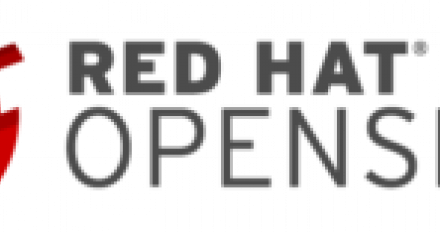
Article
Why I started using containers
A few years back (2013-2016) I was working as a C++ Software Development Engineer at Intel on a monolithic product with a backend written in C++ and a web frontend written in Java. The product was shipped complete with hardware and as a VMware image. Internally we kept ISO CD images on a shared server for every released or QA approved version of the product. Built into the product was a very clever issue reporting mechanism that allowed us, developers...





